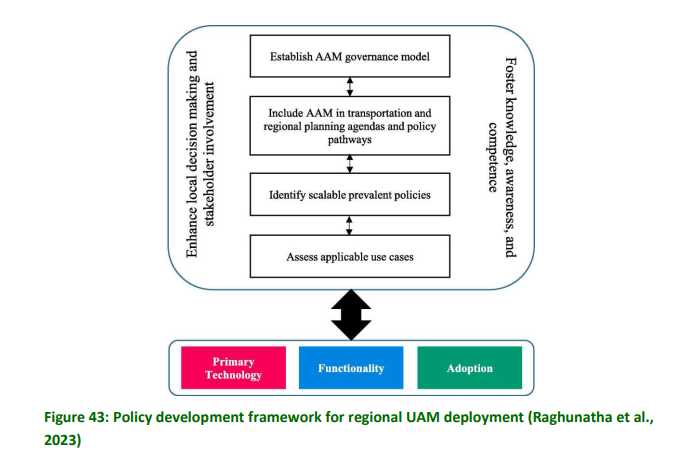Home » Technology »
Urban Planners: Consider This Urban Air Mobility Geospatial Decision-Support Tool to Help Decide Where Advanced Air Mobility Operators and Regulators Should Build Drone Ports

Earlier in 2024, a team of scientists from Aalto University and the Finnish Geospatial Research Institute conducted a study which, they hoped, might bring some clarity and guidance regarding where best to locate drone ports. They limited their study to uncrewed aerial vehicles (UAVs) whose diameter was less than 3 meters. The team, Miloš N. Mladenović, Leo Niemi, Muhammad Atiullah Saif, and Eija Honkavaara, defined a set of functional requirements based on a multi-criteria analysis. They also considered key planning process phases and recommendations for the roles and responsibilities of the municipal planners and regulators. To do this, their planning assumed implementing the decision-support tool (DST) in a geospatial environment using an open-source Quantum Geographic Information System (QGIS) as a weighted overlay analysis. Back-end data management and front-end user interfaces were also considered in the analysis.
Urban environments require special consideration by AAM planners

As part of the EU’s CITYAM project and funded by the Interreg Baltic Sea Region the study necessarily took into consideration the constraint an urban environment presents for drone operators, notably:
- Urban land is owned by a mix of enterprises including public and private ones.
- Urban land scarce and limited.
- Residents and businesses already have their properties assigned to a specific use.
- Seasonal changes affect how, where, and when drone ports might be operational, be it for parking, snow plows, or curbside parking to name a few.
For all the uncertainty surrounding drone operations in urban environments, one thing is clear: the use of drones will only increase with time. Accommodations must be considered now to enable modifications to the plans as advanced air mobility does just what the name suggests: advances. The decision support framework is suggested to be based on multi-criteria analysis, whose key components are alternative LLS locations, while those are selected based on decision criteria, weights of those criteria, and evaluation score for each alternative.
You can find the complete report here.

Subscribe to AAM Today here.


